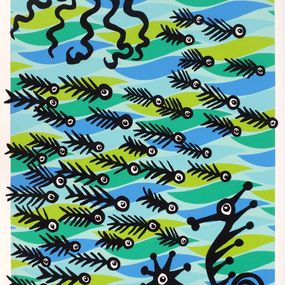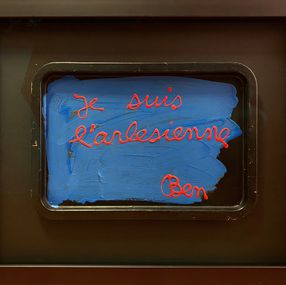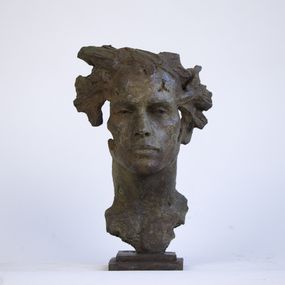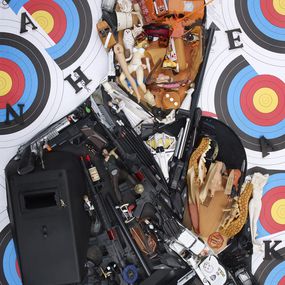
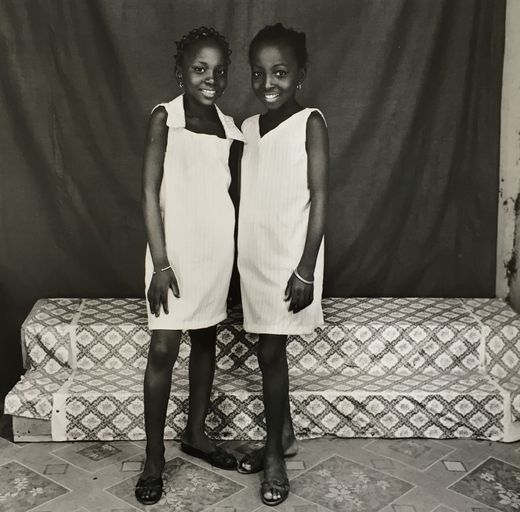
Biography
Malick Sidibé, born in 1936 in Soloba, Mali, and passed away in 2016, was a renowned photographer celebrated for his vibrant portraits and chronicles of Bamako’s youth and popular culture. His unique style, characterized by a blend of spontaneity and precision, earned him international recognition, making him an icon of African photography.
Sidibé began his artistic journey at the École des Artisans Soudanais in Bamako, where he initially trained in jewelry-making before turning to photography. His apprenticeship started under Gérard Guillat-Guignard, a French photographer based in Bamako. This formative period was crucial in shaping his artistic vision.
In his artistic approach, Sidibé is known for his black-and-white techniques, capturing everyday life moments as well as major social events of his time. He primarily worked with film cameras, using flash to illuminate his subjects, creating an intimate atmosphere despite often lively settings. Recurring themes in his photography include young people at dance parties, family portraits, and street scenes, providing a valuable insight into post-independence Malian society.
Sidibé received significant recognition throughout his career, with exhibitions in prestigious institutions such as the Fondation Cartier pour l’art contemporain in Paris and the Museum of Contemporary Art in Chicago. He was also the recipient of numerous awards, including the Golden Lion at the Venice Biennale in 2007, making him the first African photographer to receive this honor.
The impact of Malick Sidibé on photography is undeniable. His works not only serve as a precious documentation of an era but also paved the way for other African artists on the global stage. His legacy continues to inspire many photographers and artists, solidifying his status as a major figure in contemporary art. His unique approach and dedication to capturing the essence of Malian culture have left a lasting mark on the art world.
Nationality
Themes






